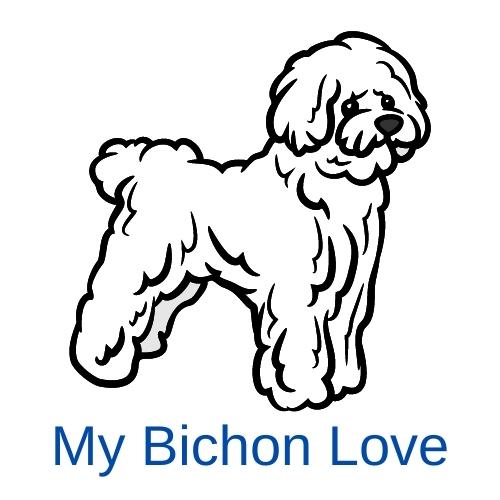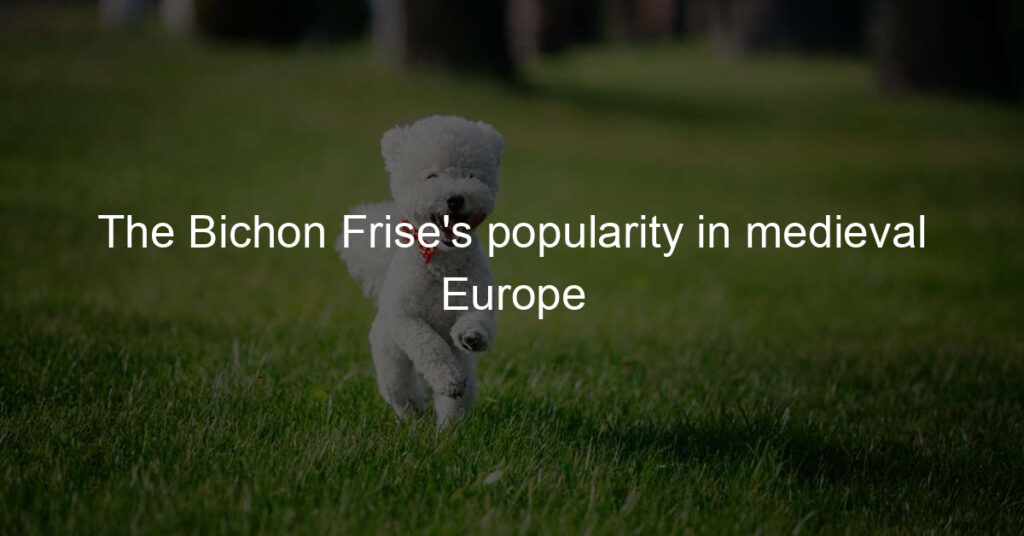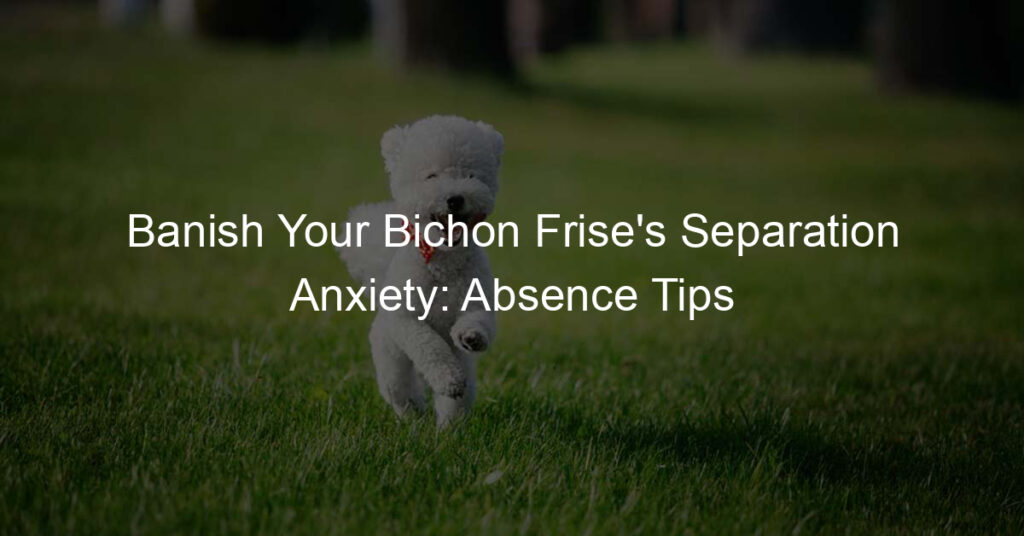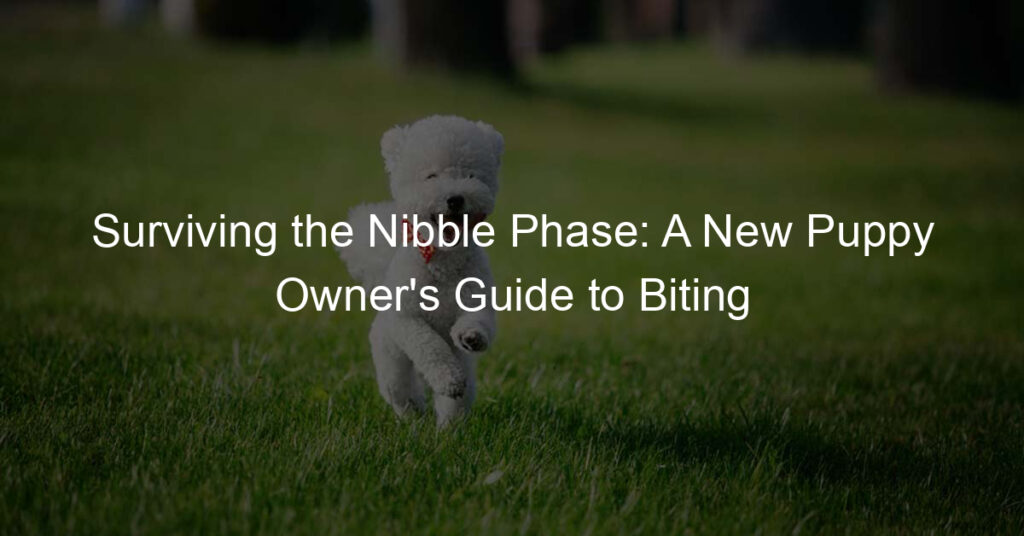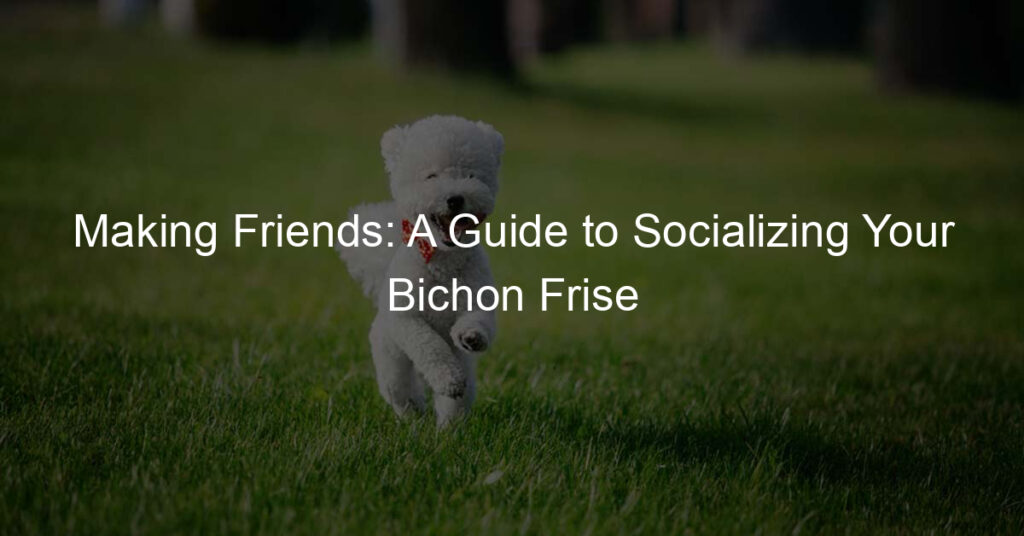Once relegated to being the favored lap dog of medieval royalty, today the Bichon Frise is one of the most popular and adored breeds in many countries. Despite their small size and toy-like appearance, they have a long, fascinating history that stretches back almost 1,000 years!
This post will delve into the breed’s journey through royal courts across Europe as well as their continued appeal today. With an adorable personality and winning smile, it’s easy to see why Bichons quickly became known as loving companions in all walks of life. Learn more about how this canine first made its mark on history by reading about it!
Why are Bichon Frise so popular?
Bichon Frise has earned its spot as one of the most popular dog breeds in the world thanks to its charming personalities, endearing looks, and low-maintenance nature.
These small, floppy-eared dogs don’t require extensive exercise and are perfect for apartment living. The breed is incredibly social and loves interacting with family members of all ages – making it an ideal household pet for people of all lifestyles. They are also incredibly intelligent with an instinct to please those around them, making them easy to train.
When you combine such a happy, obedient disposition with its adorable appearance, it’s no wonder why the Bichon Frise has become increasingly popular throughout the years!
What is the history of the Bichon Frise?
The Bichon Frise is a small, white, fluffy breed of dog that has been beloved by people for centuries. It is believed to have originated in the 1300s in the Mediterranean region and was traditionally used as a companion dog by sailors.
As these dogs spread across Europe, their popularity grew and they eventually gained major favor among the French nobility in the 1500s. Consequently, their name was derived from both French and Spanish roots; ‘Bichon’ means small long-haired dog, and ‘Frise’ means curly-haired.
By the 19th century, wealthy Europeans kept Bichon Frise as companions and used them as circus performers because of their intelligence. Today, due to their loving disposition and charming appearance, they remain popular pets across many households worldwide.
What country does Bichon Frise come from?
Although the Bichon Frise breed of small, white dogs has been popular across Europe since the early 1600s, they are thought to have originated in the Mediterranean region.
Archaeologists have found evidence of toy-like lapdogs similar in appearance to small Bichons in Roman art and documents dating back to 2000 years ago. From there, these pampered pooches spread throughout Italy, Spain, France, and other parts of Europe – hence why names such as “Bichon Tenerife” or “Bolognese” exist today. While each country may have played a role in developing this beloved house pet, the exact origination of Bichons remains unclear.
Are Bichons a toy breed?
Bichons are a class of small, generally white-colored pups that have been popular pet companions for centuries. Affectionately known as lapdogs due to their size and friendly attitude, Bichons make excellent house pets for those seeking an easygoing pup that does not require too much space or intensive exercise.
But do these sweet little dogs qualify as “toy breeds”? Absolutely! While there is no single set of criteria that all toy breeds need to meet, most animal experts agree that Bichons are a classic example of a toy breed.
As they typically weigh less than 10 pounds and are considered miniature in comparison to large breeds like mastiffs and St Bernards, Bichons may be small in stature but they bring with them plenty of energy and loyal companionship.
How old was the oldest Bichon dog?
The oldest living Bichon dog is thought to be Ginger, a 15-year-old rescue pup living in Britain. She narrowly beats the previous record of age for a Bichon of 14 years, 8 months, and 22 days that was held by a pooch from Florida named Molly.
What’s remarkable about these two beautiful young ladies is not just their old age but also that they’ve managed to remain healthy, making them special examples of this particularly resilient canine breed. Both dogs have been adopted by families with lots of love and attention, contributing to their longevity and overall well-being. It’s clear that with the right care and dedication life for any pet can be positively rich and rewarding.
In Conclusion: The Bichon Frise’s popularity in medieval Europe
Ultimately, the Bichon Frise’s popularity in medieval Europe has shown that its loyal and lively spirit can transcend time. For centuries this spirited breed has been a favorite of those living in the upper class and royalty. Its intelligence, charm, and distinctly curly coat have made it an attractive choice then and now.
From performing tricks to being a loyal companion, this unique little pooch can offer something special to every home. An ever-growing demand for these pups proves that a special bond continues to thrive between people and their four-legged friends today as much as it did in ancient times. The charming Bichon will always remain a timeless classic—a trusted companion until the end.
